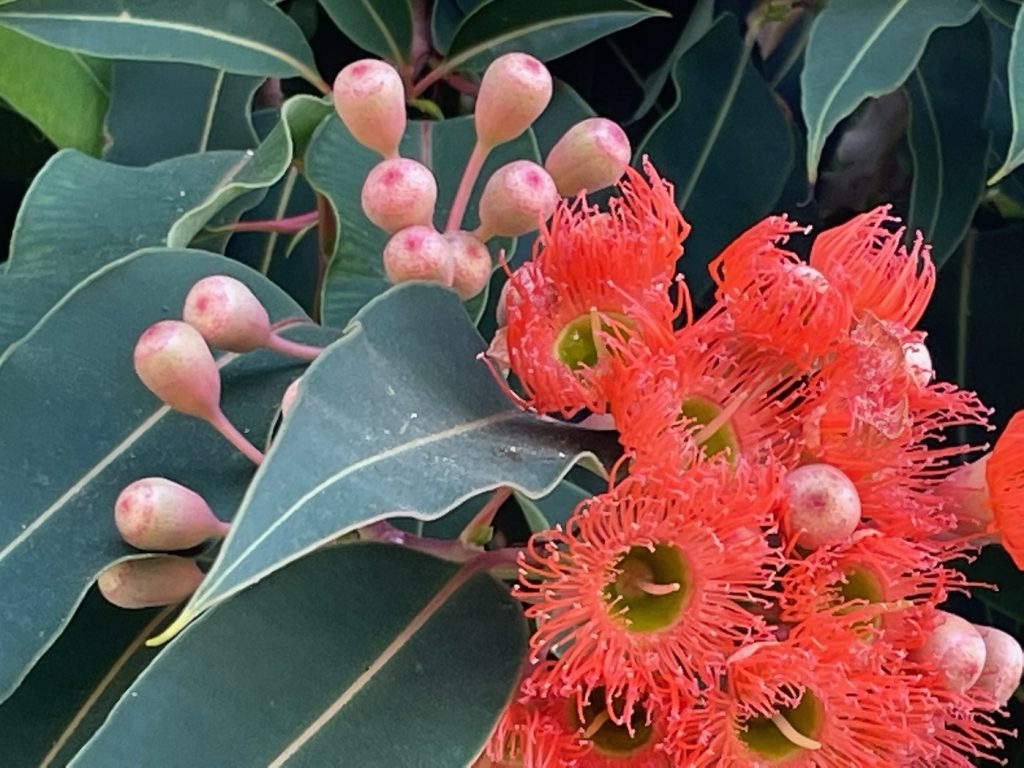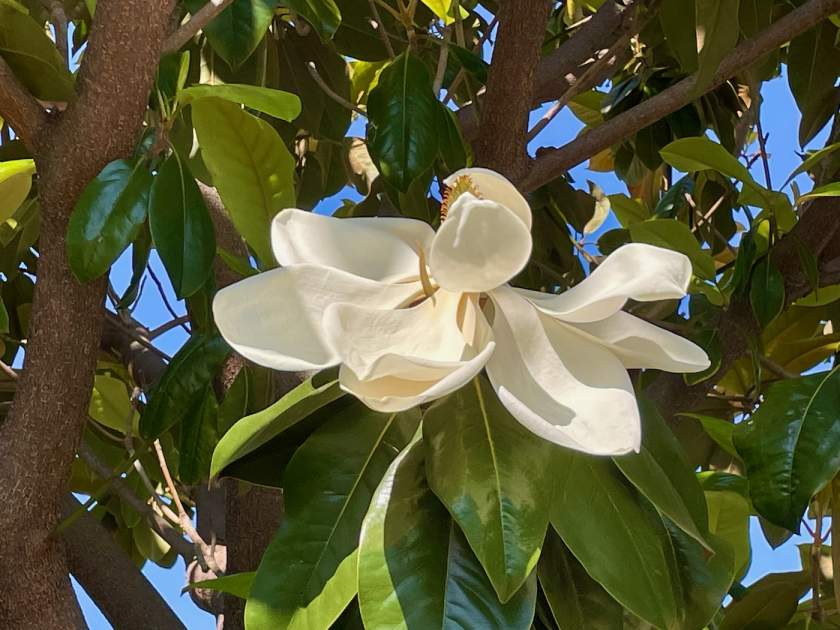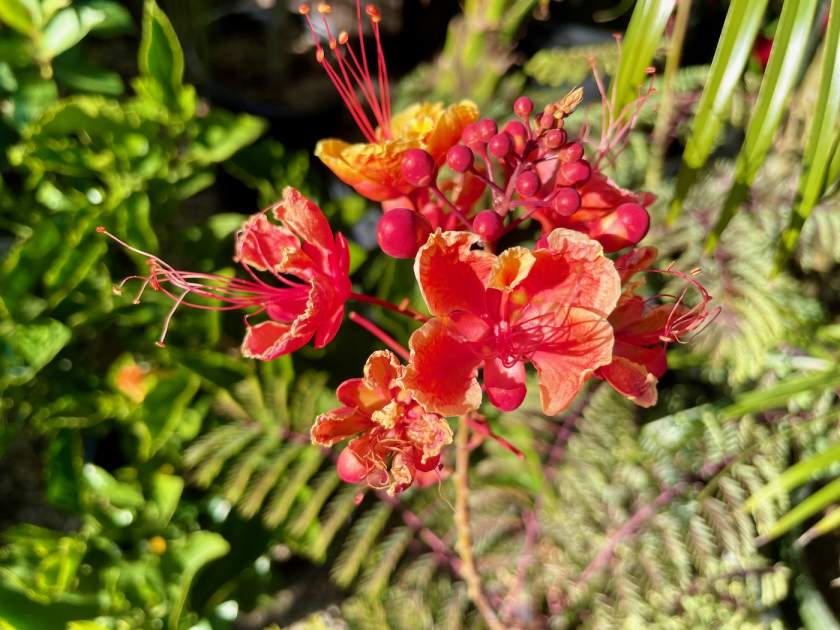Magnolia kobus ‘Borealis’: Unveiling the Beauty of the Northern Japanese Magnolia
Background and Native Range: Magnolia kobus ‘Borealis’, also referred to as Kobus Magnolia, Mokryeon, Kobushi Magnolia, Northern Japanese Magnolia, or Magnolia praecocissima, is a captivating deciduous tree originating from Japan and Korea. Belonging to the Magnoliaceae family of plants, this tree showcases remarkable features and a rich cultural heritage.
Distinctive Features and Fascinating Traits: Magnolia kobus ‘Borealis’ exhibits a slow growth rate, gradually reaching a majestic height of 80 feet or 24 meters. When its branches are crushed, a delightful fragrance permeates the air, adding to the sensory experience of encountering this magnificent tree. The tree adorns itself with fragrant creamy-white flowers, boasting a diameter of approximately 5 inches or 12.5 centimeters. Following the enchanting bloom, it produces pinkish fruits with red seeds, further enhancing its ornamental appeal. Magnolia kobus ‘Borealis’ blooms in spring, typically in April, showcasing its captivating flowers as it matures. It is worth noting that while the tree may take over 30 years before it starts flowering, it rewards patience by displaying increasingly profuse blossoms as it ages.
Cultivation Tips for Magnolia kobus ‘Borealis’:
To cultivate and nurture the splendor of Magnolia kobus ‘Borealis’, consider the following guidelines:
Light and Soil Requirements: Magnolia kobus ‘Borealis’ thrives when exposed to full sun or partial shade. Plant it in rich, well-drained soil, ensuring a balanced moisture level. Avoid excessively dry or waterlogged soil conditions to maintain the tree’s health and vitality. Additionally, providing protection from strong winds will help preserve the tree’s integrity.
Propagation Methods: This remarkable tree can be propagated through seeds or cuttings during the summer season. However, when utilizing seeds, they require a cold stratification period before sowing. Keep in mind that cultivating Magnolia kobus ‘Borealis’ from seeds necessitates patience, as it may take an extended period before the tree reaches flowering maturity. Alternatively, consider obtaining nursery-grown specimens for more immediate blooms.
Pruning and Maintenance: Magnolia kobus ‘Borealis’ generally does not require extensive pruning unless shaping is desired. If pruning becomes necessary, perform it after the flowering phase has concluded, typically during the summer months. One common challenge faced by Magnolia trees is flower damage caused by cold temperatures. To mitigate this risk, avoid planting them in locations with southern exposure, as this can encourage premature blooming.
By embracing the grace and elegance of Magnolia kobus ‘Borealis’, you invite the enchantment of the Northern Japanese Magnolia into your landscape. Delight in its fragrant blossoms, impressive stature, and cultural significance while providing the optimal growing conditions it thrives in. With patience and care, you can witness the transformative beauty of Magnolia kobus ‘Borealis’ unfurl, creating a breathtaking focal point in your outdoor sanctuary.
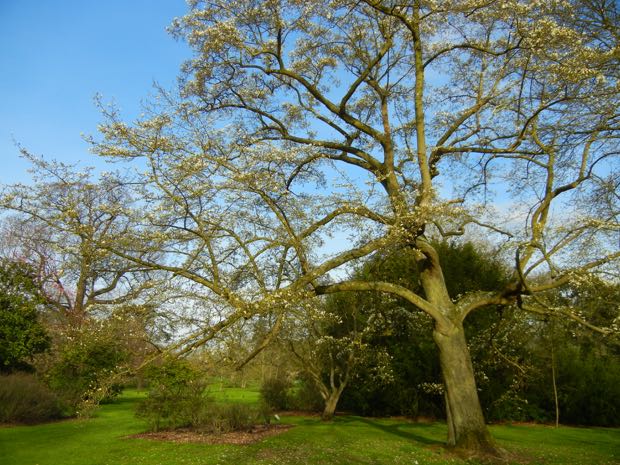
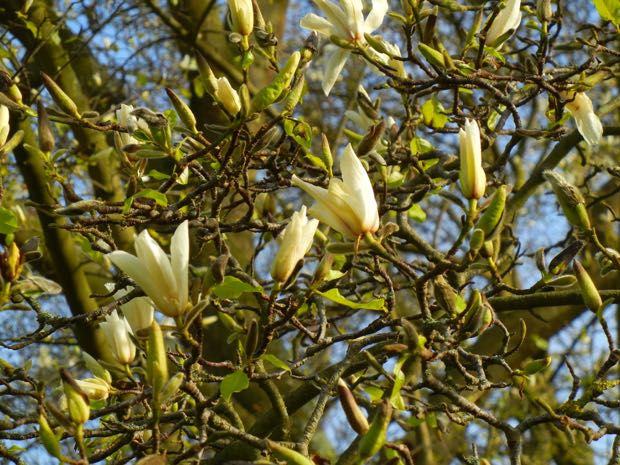
Also, read Magnolia.

